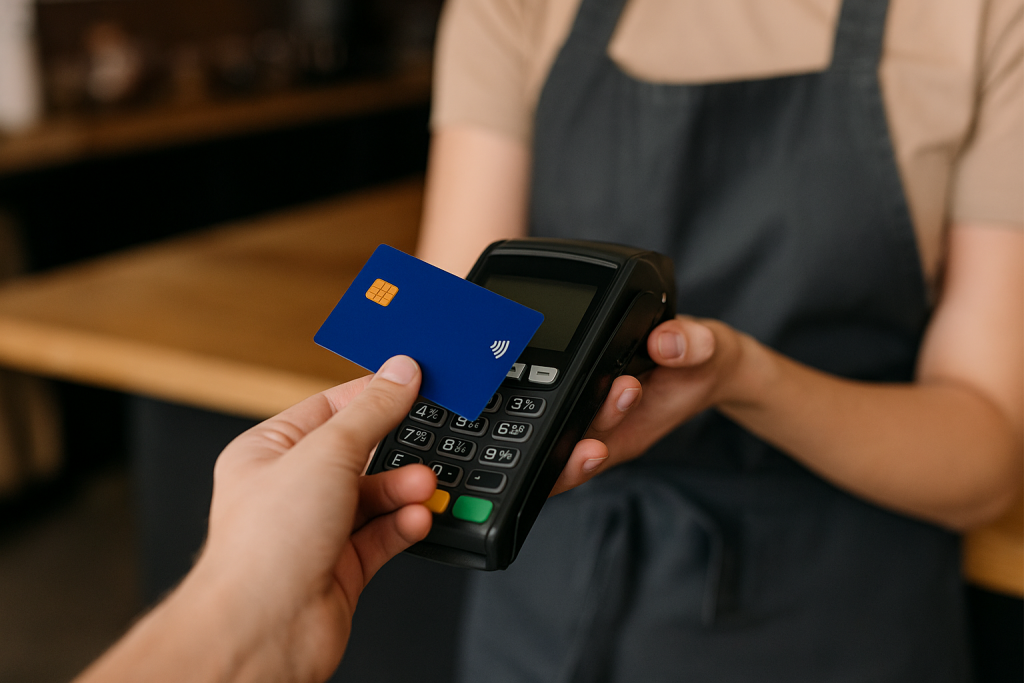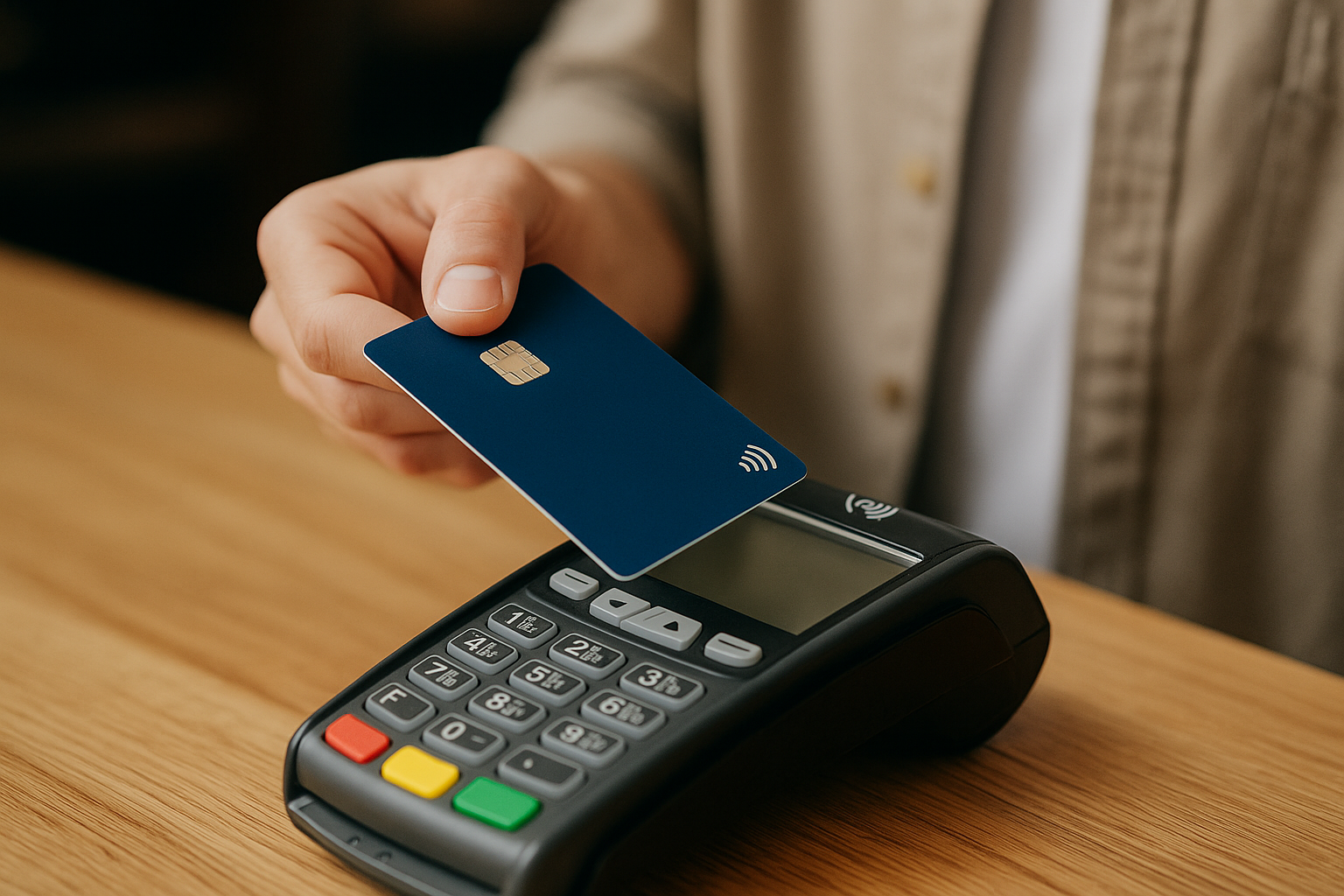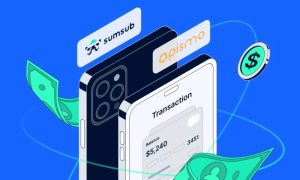In today’s fast-paced world, efficiency in transactions is paramount, and contactless cards have emerged as a convenient solution. Contactless cards are now ubiquitously present, allowing individuals to make quick purchases without the hassle of entering a PIN or handing over cash. By simply tapping or waving these cards over a point-of-sale terminal, payments are made efficiently and securely.
The evolution of payment methods has led us to the era of contactless cards, favored for their speed and ease of use. This cutting-edge technology enhances user experience, making daily transactions seamless and hassle-free. Gone are the days of fumbling for change; now, it’s all about a simple tap. To appreciate the growing of this payment method, let’s delve into the mechanics of contactless cards and uncover what sets them apart from traditional cards.
Understanding the technology behind contactless cards

Contactless cards operate on a technology known as Radio Frequency Identification (RFID) or Near Field Communication (NFC). These systems enable communication between the card and the merchant’s terminal without direct contact. This wireless exchange significantly speeds up transactions, offering an almost instantaneous payment method compared to traditional card swiping.
Unlike the older magnetic stripe cards, which require physical insertion and often encounter read errors, contactless cards offer a smoother transaction process. The NFC chip embedded in contactless cards ensures secure data transmission when within proximity to a reader. This technology not only enhances efficiency but also contributes considerably to the secure aspect of contactless payments.
Benefits of using contactless payment methods
The most apparent advantage of contactless cards is the speed of transactions. For everyday purchases, minimizing wait times is beneficial for both consumers and businesses. Customers enjoy the ease of a swift tap, while businesses experience quicker transaction turnover, reducing queue times and enhancing service speed.
Beyond speed, contactless cards provide added security. With every transaction, a unique code is generated, reducing the risk of data theft or fraud. Since no physical contact is required, these cards are also more hygienic, which is especially important in a world increasingly concerned with cleanliness.
How to use contactless cards effectively
To maximize the benefits of contactless cards, users should ensure that their card is properly activated and free of any physical damage. It’s as simple as holding the card a few centimeters from the payment terminal. However, users should also be mindful of the transaction limits often imposed on contactless payments, which vary by location and issuer.
Understanding and subscribing to the security features provided by the card issuer can further protect users. Many banks offer alerts for transactions that exceed a certain limit, ensuring that any unauthorized use is quickly flagged. Regularly monitoring statements also adds an extra layer of security for users.
Addressing common concerns with contactless cards
Despite the convenience of contactless cards, some users express concerns over security and unauthorized transactions. It’s important to understand that the technology behind these cards is designed with robust security protocols. The unique transaction codes make it extremely difficult for fraudsters to duplicate or misuse data from contactless payments.
Additionally, many financial institutions have implemented measures to protect customers, such as fraud detection algorithms and limits on the number of consecutive contactless transactions without verification. By understanding these features and practicing vigilance, users can minimize potential risks associated with contactless payments.
The future of contactless payments
As technology continues to evolve, the future of contactless payments looks promising. Innovations are underway to expand the capabilities and security of contactless cards, ensuring they adapt to the ever-changing needs of consumers. Integration with mobile and wearable devices is already on the rise, offering even more flexibility.
Contactless payment systems are likely to diversify, incorporating biometric authentication methods, such as fingerprint or facial recognition, to further enhance security measures. These advancements will potentially lead to a ubiquitous adoption of contactless transactions in various sectors, setting the stage for a fully digital payment landscape.
Embracing the contactless revolution
In conclusion, contactless cards represent a significant shift in how transactions are conducted, offering unprecedented convenience, speed, and security. As consumers continue to embrace this technology, businesses should also adapt by ensuring their systems are equipped for contactless payments.
Adopting modern payment solutions reflects a commitment to customer satisfaction and operational efficiency. Ultimately, understanding the workings and benefits of contactless cards allows both consumers and businesses to fully harness their potential, paving the way for a streamlined and secure financial ecosystem.





